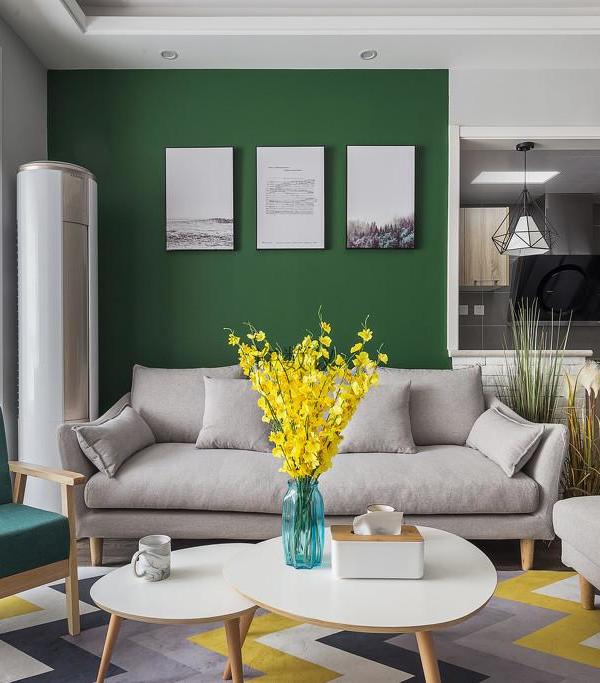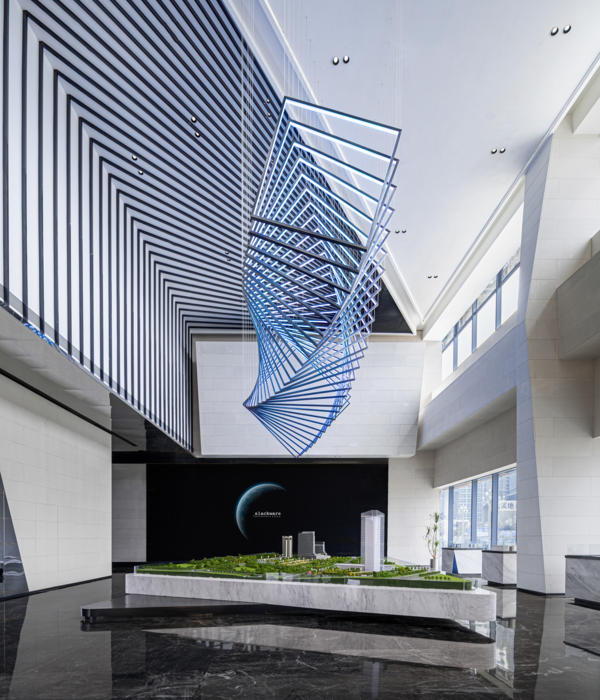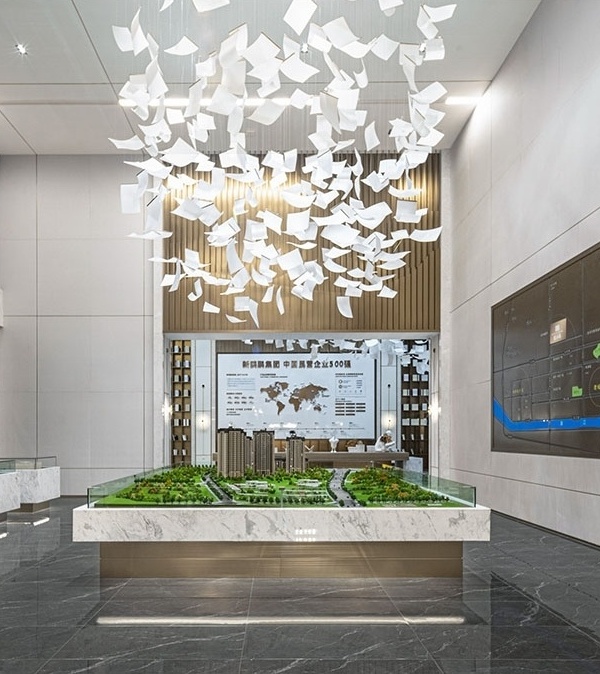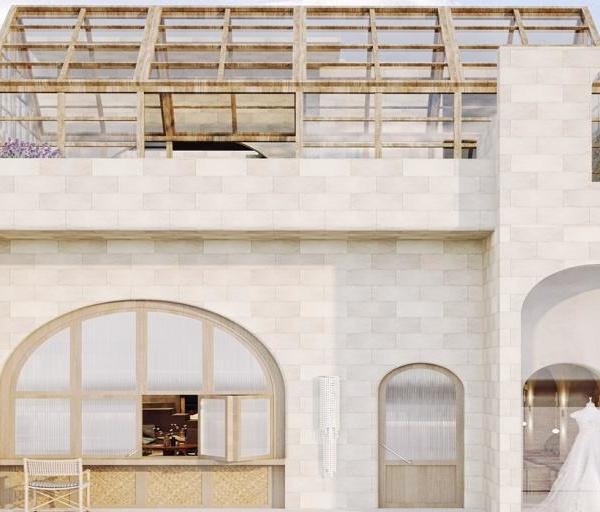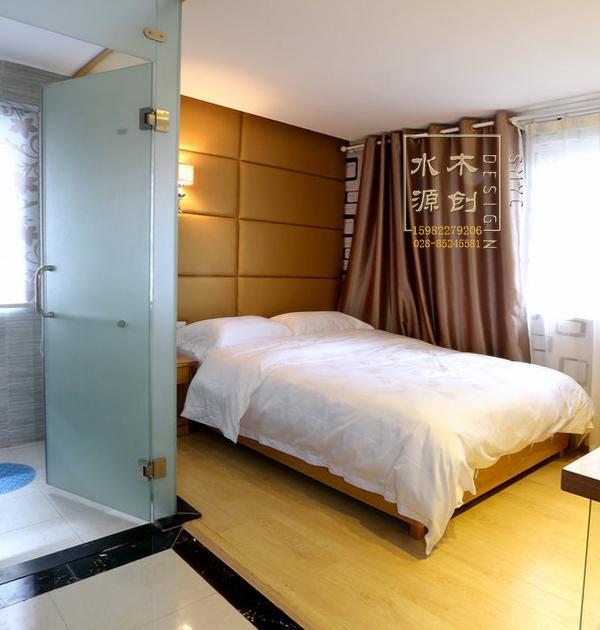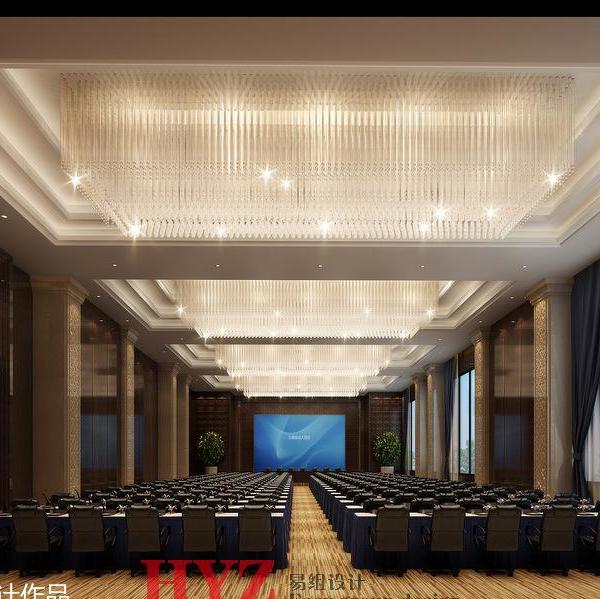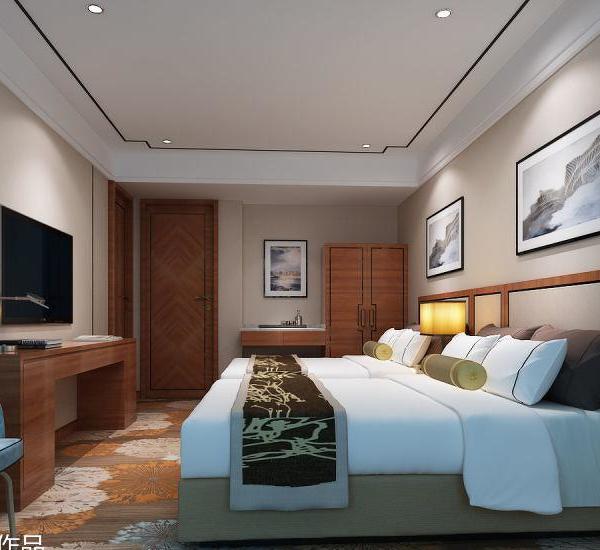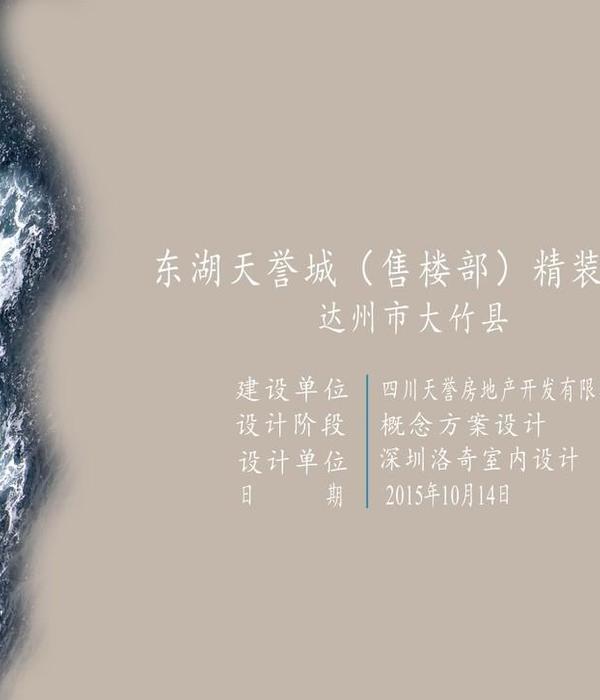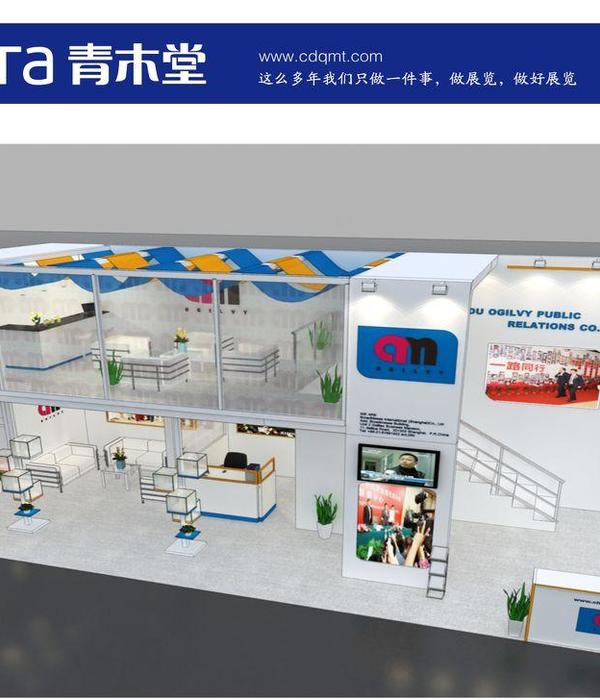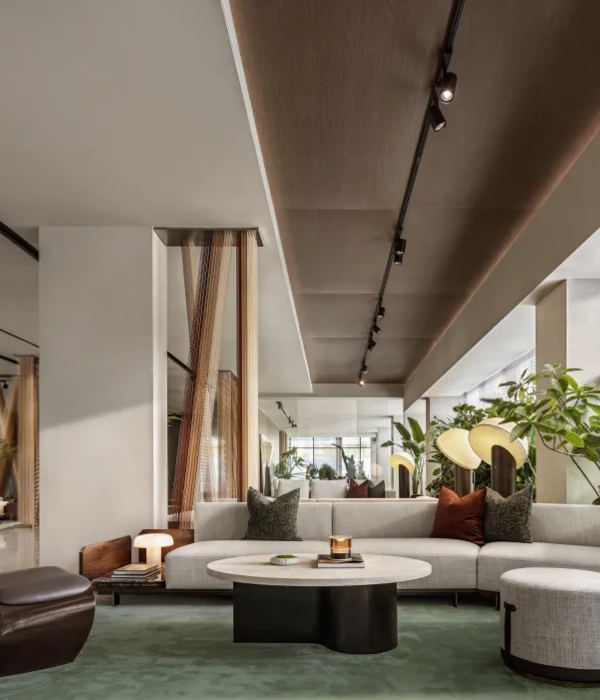Casa Cavia is a historic house facing Alemania Square in Palermo Chico, Buenos Aires. The original building, designed in 1929 by the distinguished architect Alejandro Christophersen, is situated between towering residential buildings and remains a single poetic reminder of the elegant residences that once populated this square. Kallos Turin, an award winning architecture and design firm based in London and San Francisco, were commissioned to renovate the historic building to include a café, perfumery, flower shop, courtyard garden and publishing offices. Kallos Turin’s design approach for Casa Cavia was to restore the historic house, retain the original details and then carefully insert modern design elements as a counterpoint to the historic space. While the insertions are crisp and modern in form, the material palette – white and green marble, brass, antiqued mirror, leather and terrazzo flooring – pays homage to the villas and restaurants of the 1920's and 30's typically seen in both Paris and Buenos Aires. The garden is conceived as a lushly planted field of dark green plantings. Planes of green terrazzo are inserted within the field of green planting to create zones for dining and gathering. “Working on an urban garden surrounded by such tall buildings allowed us to think about the garden as a room. It also forced us to carefully consider the vertical and reflective elements. ” says Turin. A raised pool at the center of the garden is positioned to reflect the sky and surrounding landscaping. A series of floating pavers and platforms connects the original house with the new single story retail unit at the rear of the garden. Because this was originally a private residence, there was already an intimate flow of spaces. The goal was to retain the existing flow and preserve the sense of separate rooms that you find within a house from this period. The Café is therefore composed of 4 separate rooms: the entry passage, which was originally just for circulation had been transformed into a dynamic space for gathering and exhibition; the reception space, which is airy and light and has views to the garden; the salon, which is darker and slightly more formal; and the library, which references both the classic library spaces found in homes from this period and the publishing house on the floor above. The retail spaces on the opposite end of the garden are housed in a more modern structure, but detailed with the same materials. The walls of both spaces are intentionally dark, with their contents illuminated to create contrast and the draw the viewer's eye from across the courtyard. The walls of the Fueguia Perfumerie are lined in charcoal linen. A central dark green leather table is illuminated to display the bespoke perfumes. The flower shop is lined with wood shelves to highlight the colorful blooms. Both spaces have a glass fronts orientated toward the historic house across the garden. The design team was delighted to contribute to the evolution of such a great building. Christophersen’s proportions, plan and detailing were intelligent and elegant. “When you work on a building of this caliber, you learn from its original architect and you hope to take some of what you learned into your next projects,” says Kallos “We were also very inspired by the idea of this small, graceful building having held its place on a block that has otherwise been completely developed – in its small elegant way, it is a very powerful force on the street. We think this is a lovely metaphor.”
{{item.text_origin}}

